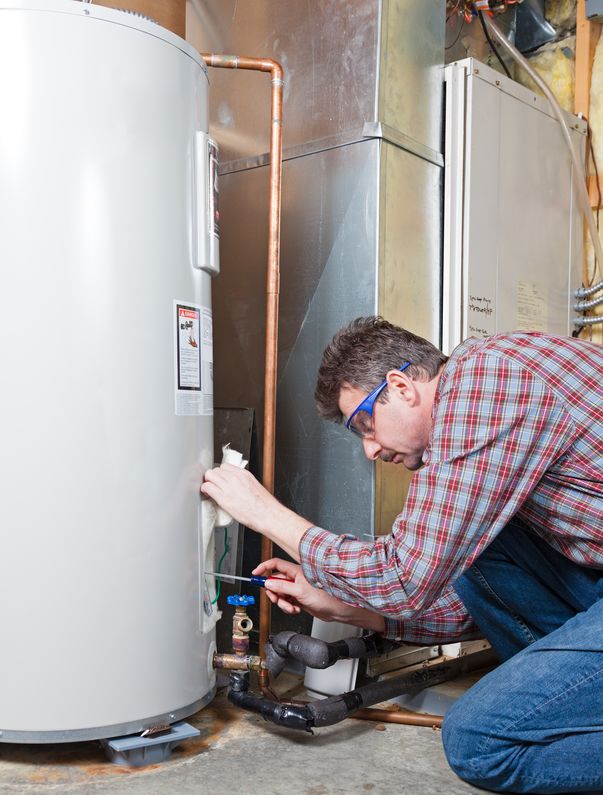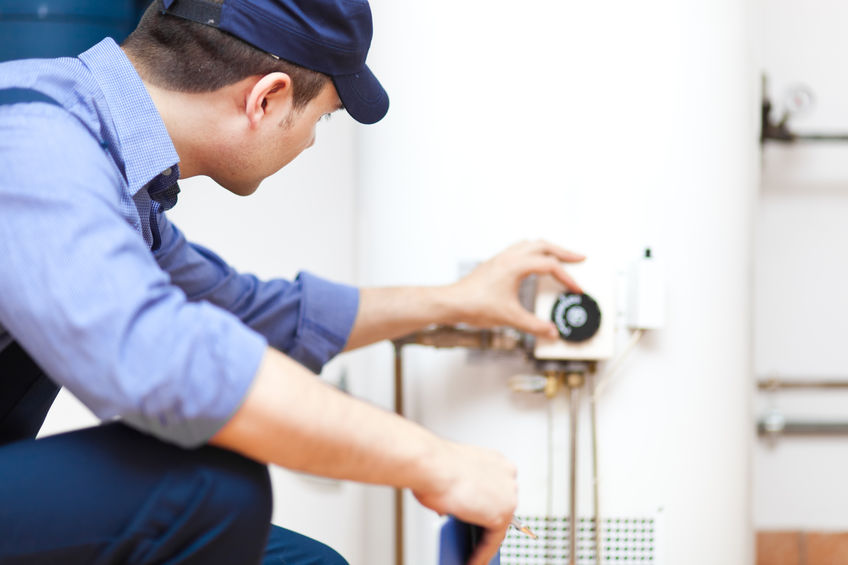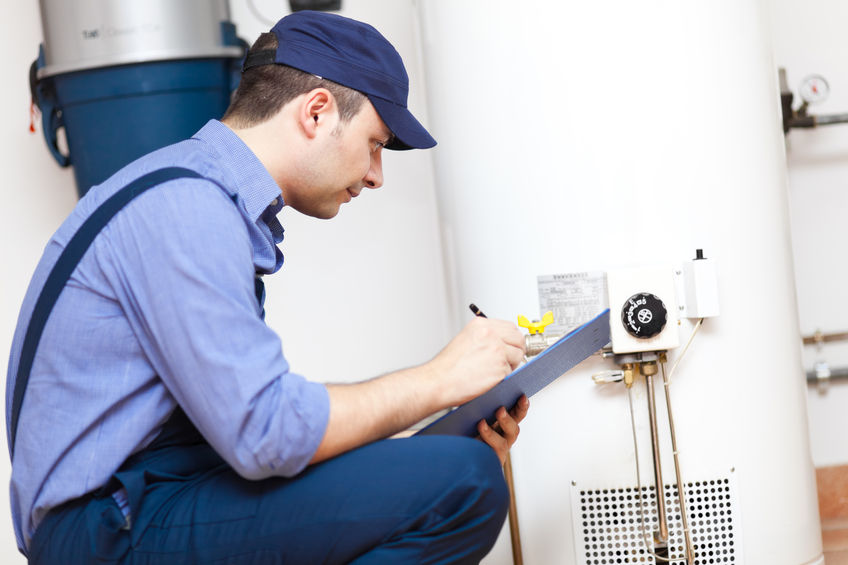
It’s easy to forget about maintenance for your water heater because they can work just fine for 10 or more years without paying much attention to them. But did you know you could extend the life of your water heater with just a bit of maintenance each year? In this article, we’ll show you some useful tips on how to maintain your water heater.
Steps for Water Heater Maintenance
Adding this simple water heater maintenance routine to your annual home repair schedule can save you cash and valuable time. You won’t need to call your general plumber over to do these easy steps. Save yourself the service fee and the wait times for an appointment and flex your DIY skills.
Turn Off Your Water Heater’s Power Supply – The first thing to know is that your water heater is not only connected to the water supply to your home; it’s also connected to a power source (typically gas or electric). You’ll need to turn the power off before you can execute any of the subsequent tasks. Remember, safety first.
If your water heater is powered by gas, turn the gas valve to the OFF position. If your water heater is powered by electricity, you’ll need to switch off the circuit breaker for the heater in your home’s breaker box. You’ll want to shut OFF your water supply valve as well. This will stop the constant flow of water into the tank while you work.

Check the Pressure Relief Valve – The second thing you should do is check the pressure relief valve. Place a bucket under the end-opening of the pressure release valve line to capture any water you release from the unit. Flipping the valve a couple of times to see if it is working properly and releasing about two cups of water in a steady stream should tell you if it’s in good condition. Keep in mind that the water will be hot, so be careful not to burn yourself.
Flush Your Water Heater – Third, you’ll want to flush your water heater to prevent rust and corrosion sediment (naturally occurring inside the bottom of the tank) from rusting out your water heater tank. Remember, when oxygen, metal, and water mix without cleaning or care, your water heating dollars can crumble away in one big rusty mess. To flush the heater, connect a hose to the faucet-like outlet on the tank unit. Open the water supply valve to drain. Close the valve off every gallon or two to ensure maximum results. Drain and repeat until clean water comes out of the hose.
You can also save a bit of time by doing a partial flush releasing two or three gallons of water from the tank using the drain valve and letting the water from the discharge pipe in the same fashion as you would when you drain the water heater fully.
Turn the Water Heater Power Supply Back on and Reset the Temperature Dial – Finally, close the drain cock, refill the tank, and turn its power back on. After the power is back on, you’ll want to make sure the temperature dial on the side of the tank reads 120 degrees. If it doesn’t, use a flathead screwdriver to turn the dial and make the adjustment. This is the optimal and most efficient temperature for your water heater to function.
Note that for every 10 degrees the temperature is lowered, you can expect to save up to 5 percent in energy costs. Turn the water heater off or the thermostat down to its lowest setting if you plan to be away from home for more than three days.

And there you have it, a quick and easy routine that you only do once a year to put 5-10 more years on your water heater. Now that’s using your thinking cap!Questions about a gas leak related to your water heater? Report any unusual gas odors to PG&E immediately and don’t hesitate to contact Pipe Spy Plumbing for advice or estimates on gas valves, gas line replacements, and checkups on your property’s gas source.
Give us a call at 510.465.3000.
